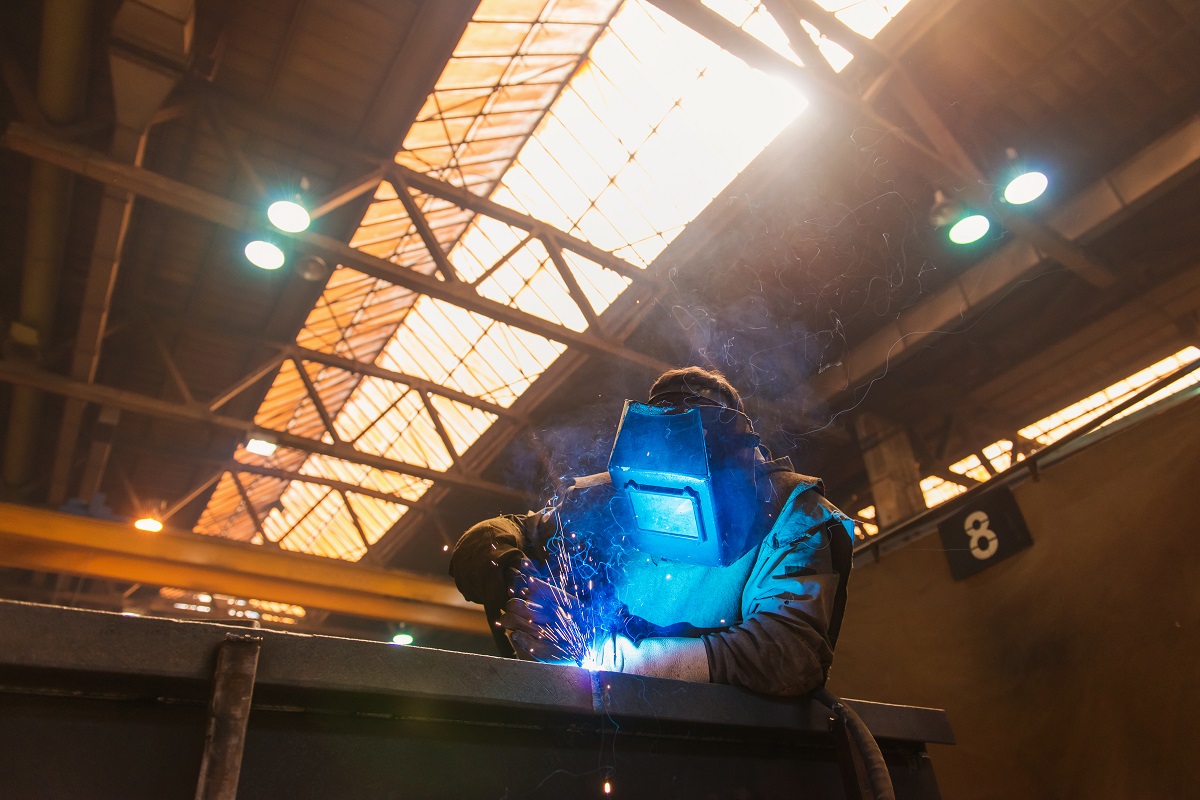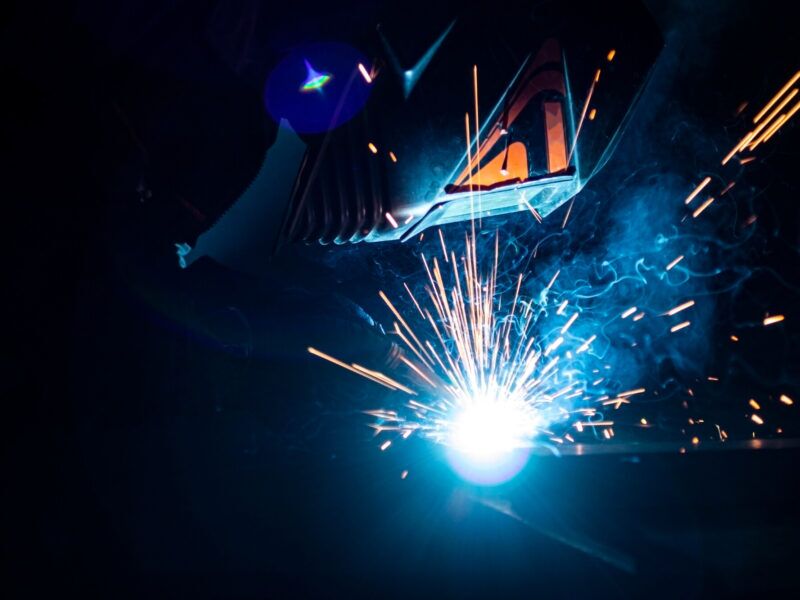Preventing Weld Undercut Demystified: Strategies for Success
Preventing Weld Undercut Demystified: Strategies for Success
Blog Article
Understanding the Causes and Solutions for Undercut Welding in Metal Construction Processes
In the realm of metal construction procedures, the occurrence of undercut welding postures a considerable difficulty that requires a comprehensive understanding of its causes and viable solutions. The elaborate interplay of various factors throughout welding procedures can bring about this unwanted sensation, influencing the architectural stability and general quality of the welded joints - Preventing weld undercut. By studying the origin of undercut welding and checking out efficient restorative measures, fabricators can boost the criterion of their craftsmanship and guarantee the production of remarkable steel components
Typical Sources Of Undercut Welding
Regularly overlooked in steel construction, undercut welding occurs as a result of different elements that require careful focus and knowledge to be successfully mitigated. One usual source of undercut welding is excessive warmth input. When the warm input is too expensive, it can cause the melting and subsequent disintegration of the base material along the sides of the weld joint, creating a groove or undercut. In addition, incorrect welding strategies, such as utilizing the wrong welding angle or take a trip rate, can likewise contribute to damage formation. Insufficient shielding gas protection is an additional vital element that can cause undercutting. Inadequate gas coverage stops working to protect the weld pool properly, bring about oxidation and undercut problems. The choice of welding specifications, such as voltage, existing, and wire feed speed, plays a considerable duty in the incident of undercut welding. Recognizing these typical reasons is important for executing safety nets and making sure high-grade welds in metal manufacture processes.
Impact of Incorrect Welding Parameters
Unreliable welding specifications can considerably compromise the integrity and top quality of bonded joints in steel manufacture procedures. The effect of inaccurate welding specifications manifests in numerous means, leading to structural weaknesses and issues in the bonded components. One vital facet influenced by inappropriate welding criteria is the infiltration depth of the weld. Not enough heat input due to low welding currents or excessively high traveling speeds can cause inadequate blend in between the base steels, causing incomplete joint infiltration and deteriorated bonds. Alternatively, too much warmth input brought on by high welding currents or sluggish traveling speeds can cause extreme and burn-through reinforcement, creating a breakable and unpredictable weld structure. Additionally, inaccurate criteria such as incorrect voltage setups or wrong electrode angles can add to erratic weld grain profiles, lack of blend, and raised opportunities of defects like undercutting. Thorough interest to welding specifications is extremely important to ensure the production of top quality welds with the wanted mechanical properties and structural integrity.
Result of Improper Lantern Angle
Incorrect lantern angle in welding operations can considerably influence the top quality and integrity of the last weld joints in metal construction processes. The torch angle plays a crucial function in determining the heat input and distribution during welding. When the torch angle is wrong, concerns such as damaging can emerge. Damaging is an usual welding flaw where a groove develops along the weld toe, deteriorating the joint and jeopardizing its structural integrity.
A lantern angle that is as well steep can result in insufficient infiltration, insufficient combination, and increased spatter. On the various other hand, a lantern angle that is also shallow can result in too much penetration, burn-through, and distortion of the base material. Preventing weld undercut. Correct torch angle is vital for making sure consistent weld top quality, toughness, and appearance
To prevent damaging and other defects triggered by incorrect torch angles, welders must be educated to preserve the correct lantern angle throughout the welding process. Normal tracking and adjustment of lantern angles during welding can aid accomplish sound welds with marginal flaws.
Role of Inadequate Welding Methods

One more facet of insufficient welding methods is incorrect weld preparation. Insufficient helpful site cleaning of the base metals, wrong joint layout, or not enough side prep work can all add to damage welding. Moreover, inadequate securing gas insurance coverage or making use of the wrong kind of gas can result in insufficient blend and the development of undercut problems.
To address the duty of poor welding methods in metal manufacture processes, it is vital to provide thorough training for welders. Proper education on welding parameters, joint prep work, and protecting gas selection can aid stop undercut welding and guarantee high-quality welds in steel construction tasks.
Efficient Solutions for Undercut Welding
Addressing undercut welding in steel fabrication calls for carrying out effective options to enhance weld top quality and structural honesty. One of the key services to battle undercut is to adjust welding parameters such as voltage, existing, and travel rate to ensure appropriate heat input and combination. By fine-tuning these setups, welders can avoid too much melting of the base metal and filler material, lowering the possibility of undercut development.
Furthermore, proper joint preparation is crucial in avoiding undercut. Making certain clean base steel surface areas without pollutants and making use of the suitable bevel angle can assist advertise better weld penetration and reduce the threat of undercut - Preventing weld undercut. Employing suitable welding strategies, such as like this oscillating the torch or weaving, can also assist in dispersing heat uniformly and loading the weld joint effectively, minimizing the possibility of undercut problems
In addition, picking the correct welding consumables, including electrodes and filler metals, is necessary in minimizing undercut. Utilizing products with ideal chemical make-ups and mechanical residential or commercial properties can contribute to achieving sound welds with minimal undercut. Routine evaluation and high quality control procedures must additionally be implemented to identify and resolve undercut concerns promptly, ensuring the overall honesty of made steel parts.

Final Thought
To conclude, comprehending the causes and services for undercut welding in steel construction processes is essential for achieving top quality welds. By dealing with common reasons such as inaccurate welding specifications, improper torch angle, and poor welding strategies, welders can stop damaging and make visit sure strong, durable welds. It is vital to pay focus to these aspects and execute effective remedies to enhance the overall welding procedure and last product top quality.

Report this page